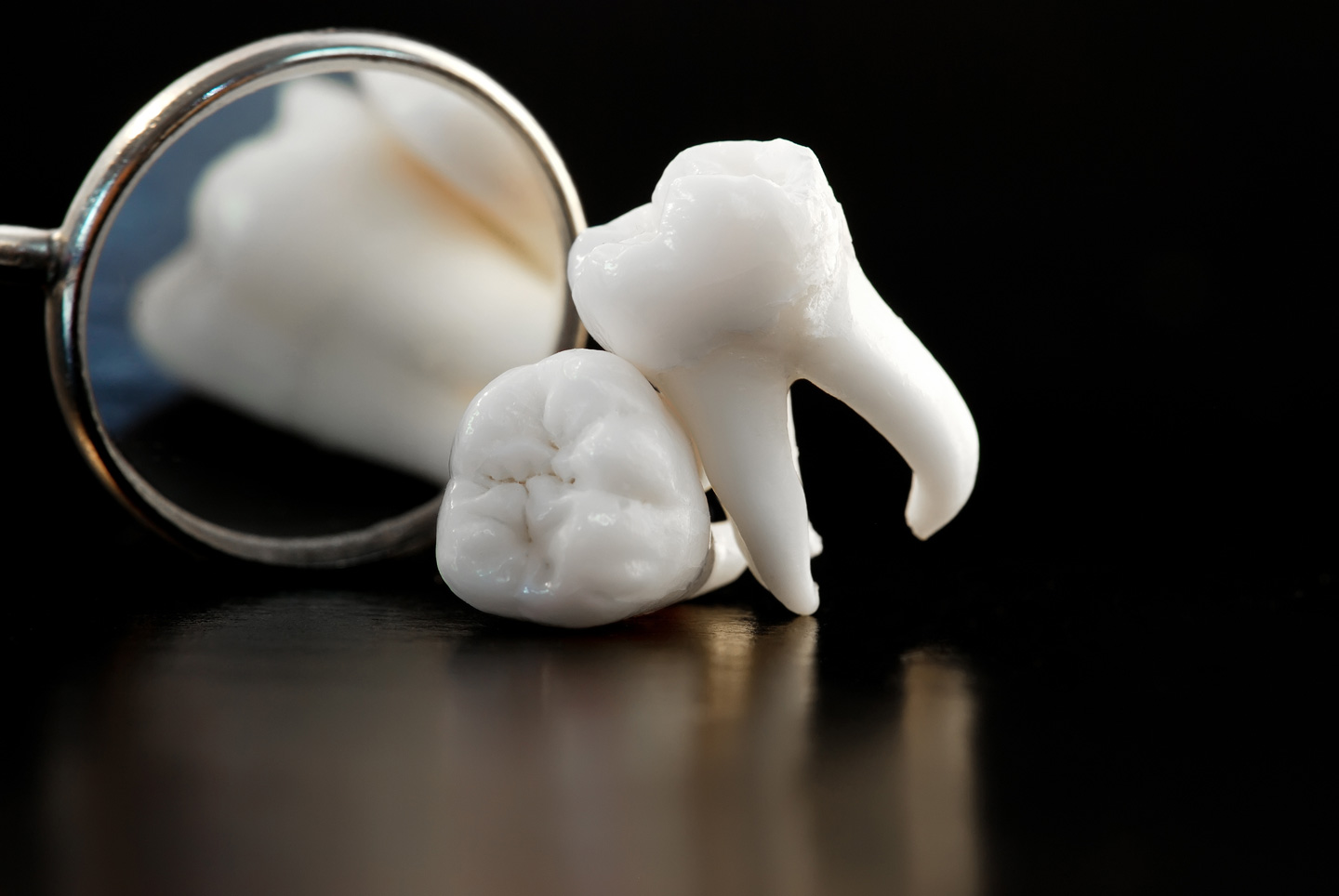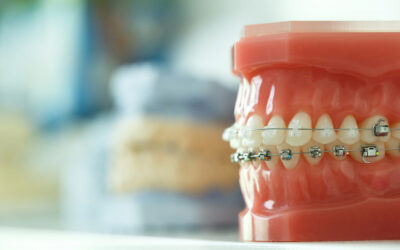A Comprehensive Guide to Tooth Replacement Options After Extraction

1. Dental Implants: The Gold Standard in Tooth Replacement
Dental implants stand out as the gold standard for replacing missing teeth. These titanium posts are surgically implanted into the jawbone, mimicking natural tooth roots. Implants provide a stable foundation for a crown, ensuring a natural look and feel. Beyond aesthetics, implants also prevent jaw bone loss, promoting long-term oral health. While the process involves multiple stages and a healing period, the benefits of durability and functionality make implants a popular choice.
2. Dental Bridges: Bridging the Gap Between Teeth
Dental bridges offer an efficient solution for replacing one or more missing teeth. This option involves prosthetic teeth, known as pontics, anchored to adjacent natural teeth or implants. Bridges are quicker to implement compared to implants and provide a fixed solution. However, the process may require modifying healthy adjacent teeth for support, and long-term maintenance is essential.
3. Partial Dentures: Customizable Removable Appliances
Partial dentures are removable appliances designed to replace multiple missing teeth within a single arch. These appliances consist of prosthetic teeth attached to a gum-colored base, offering a more affordable option compared to implants. While partial dentures restore functionality and aesthetics, they may require periodic adjustments and might impact speech and chewing efficiency.
4. Full Dentures: Restoring an Entire Arch of Teeth
Full dentures provide a comprehensive solution for individuals missing an entire arch of teeth. Crafted to mimic natural teeth and gums, full dentures are removable appliances. While advancements in denture technology have improved fit and comfort, some individuals may experience challenges with stability and adaptation.
5. Immediate Dentures: Instant Aesthetics After Extraction
Immediate dentures are crafted in advance and placed immediately after tooth extraction. This option provides instant aesthetics and functionality, eliminating the need to go without teeth during the healing process. However, as the jaw heals and reshapes over time, immediate dentures may require adjustments to maintain an optimal fit.
6. Implant-Supported Dentures: Stability with Affordability
Combining the stability of implants with the cost-effectiveness of dentures, implant-supported dentures offer a balanced solution. These dentures are anchored by implants, providing improved stability compared to traditional dentures. This option addresses concerns related to slipping and shifting while remaining more affordable than a full set of dental implants.
Conclusion
Choosing the right tooth replacement option after extraction involves considerations such as budget, oral health, and personal preferences. Consulting with a dentist is crucial for a thorough assessment of your unique situation. Whether you opt for the permanence of dental implants, the convenience of dentures, or the efficiency of bridges, restoring your smile after extraction is a pivotal step toward maintaining oral health and overall well-being.



